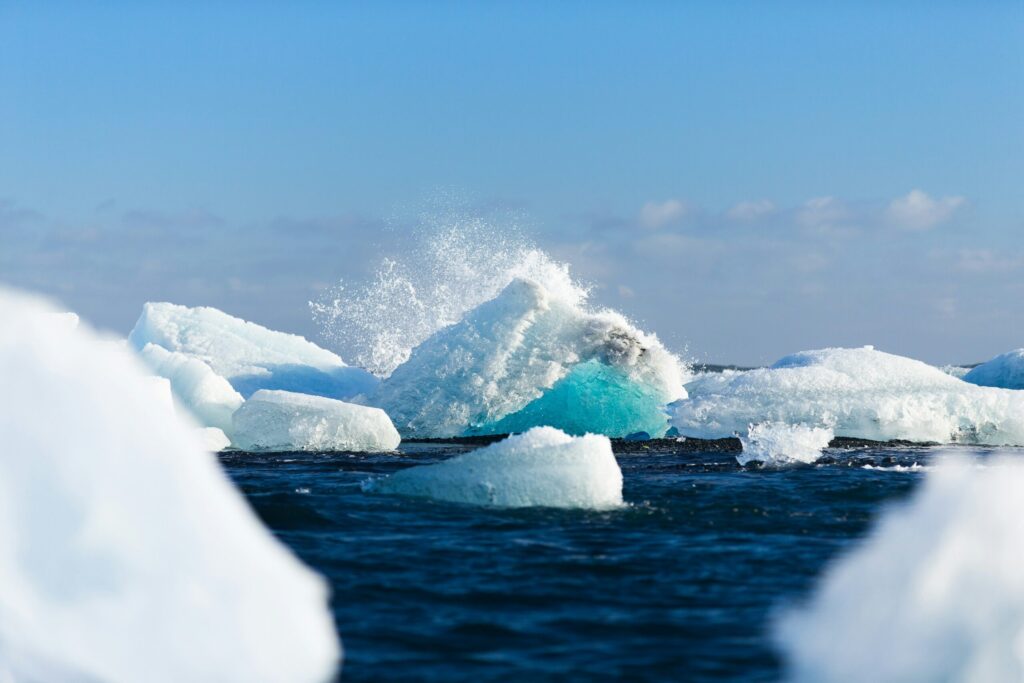Over the last 20 years, Arctic sea ice has shown an unexpected pause in its decline, with little change since 2005.
This contradicts earlier projections, as rising greenhouse gas emissions have continued to drive global temperatures upward.
Researchers attribute the pause mainly to cyclical ocean current shifts that temporarily reduced heat transport into the Arctic.
They stress the slowdown is temporary and that stronger ice loss is expected to return within the next decade.
Decline Already Severe
Current levels of September sea ice — the annual minimum — are only about half of those recorded in 1979.
Experts highlight that the slowdown does not equal recovery. The Arctic is still expected to face ice-free summers this century.
The disappearance of ice exposes dark ocean surfaces, which absorb far more solar energy and accelerate overall warming.
Lead author Mark England explained the delay offers limited time but does not alter the long-term trajectory of ice loss.
Key Findings
The research examined both satellite observations since 1979 and thousands of model runs. Both show natural pauses are possible.
Every model indicated that once such pauses end, ice retreat resumes quickly and often at a faster rate.
Meanwhile, ice thickness continues to shrink. Since 2010, October data show a yearly average thinning of around 0.6 centimeters.
This mirrors past “pauses” in surface warming, during which excess heat still accumulated in the climate system.
Clear Message
Scientists warn this development should not undermine public understanding of climate change. The crisis remains human-driven and dangerous.
They also caution that these results could be misrepresented by opponents of climate action, making accurate communication essential.



